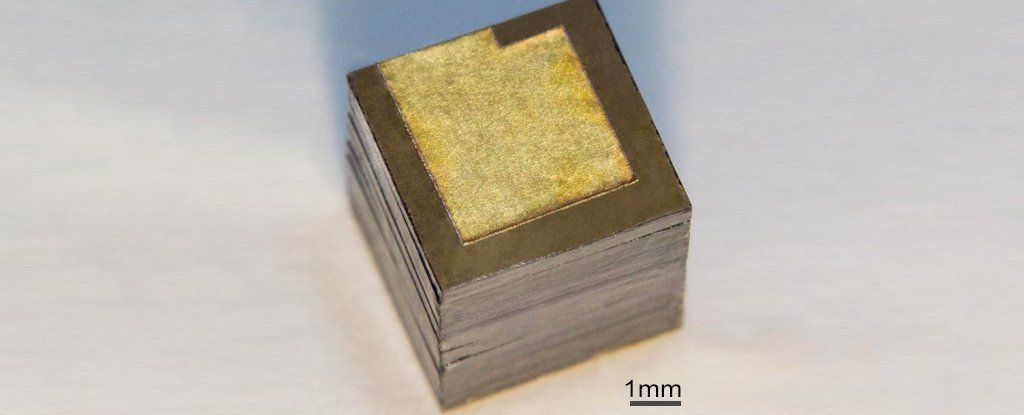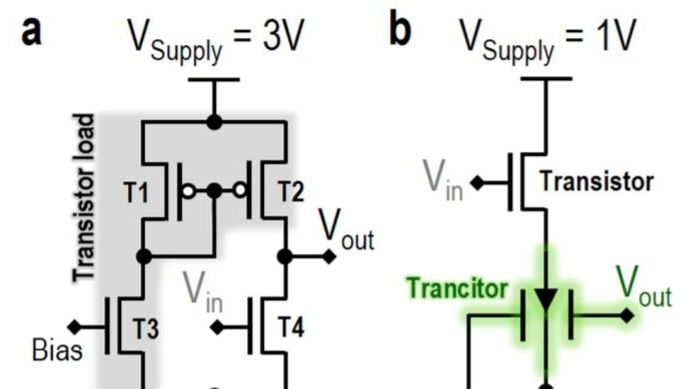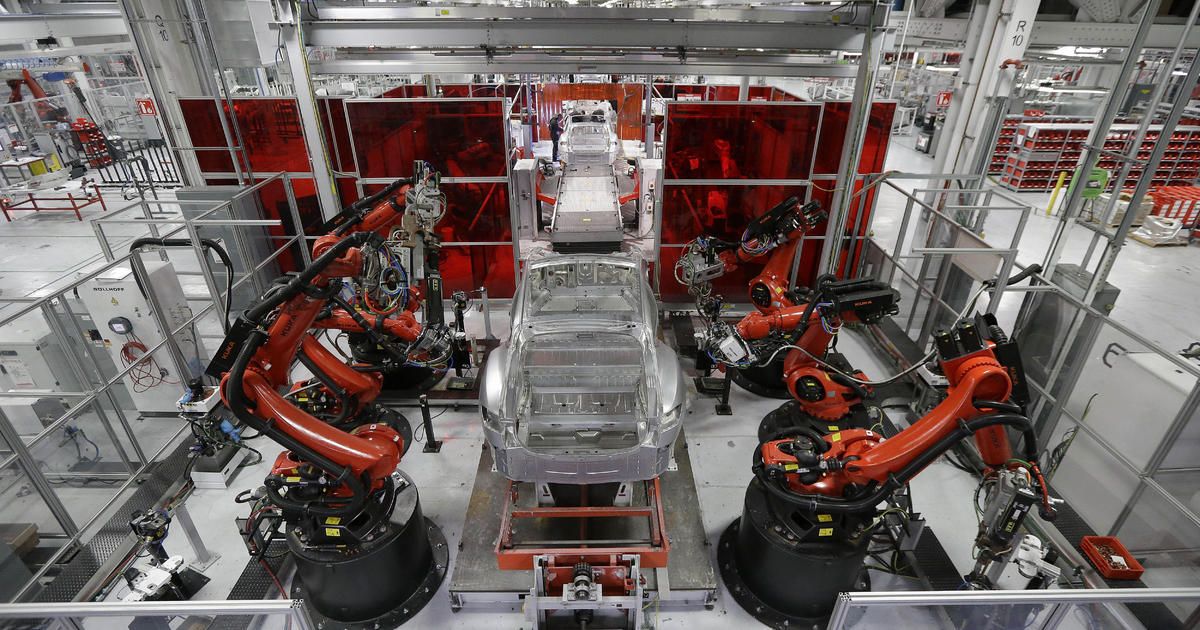Powerful Earth-observing instruments aboard NASA’s Terra and Aqua satellites, launched in 1999 and 2002, respectively, have observed nearly two decades of planetary change. Now, for the first time, all that imagery — from the first operational image to imagery acquired today — is available for exploration in Worldview.
Get the latest international news and world events from around the world.

Isaac Launches New Era of Autonomous Machines
Computex—NVIDIA today announced the availability of NVIDIA® Isaac™, a new platform to power the next generation of autonomous machines, bringing artificial intelligence capabilities to robots for manufacturing, logistics, agriculture, construction and many other industries.
Launched at Computex 2018 by NVIDIA founder and CEO Jensen Huang, NVIDIA Isaac includes new hardware, software and a virtual-world robot simulator.
“AI is the most powerful technology force of our time,” said Huang. “Its first phase will enable new levels of software automation that boost productivity in many industries. Next, AI, in combination with sensors and actuators, will be the brain of a new generation of autonomous machines. Someday, there will be billions of intelligent machines in manufacturing, home delivery, warehouse logistics and much more.”

Researchers Have Invented an Awesome And Scary Nuclear Battery Pack
Are we ready?
Batteries powered by radioactive materials have been around for more than a century, but what they promise in power they usually lose in bulk.
Not so with a new kind of power source, which combines a novel structure with a nickel isotope to pack ten times more power than an electrochemical cell of the same size. The only question is, are we ready to go nuclear?
A team of Russian researchers have put a new spin on technology that uses the beta decay of a radioactive element to create differences in voltage.

Playing piano with a mind-controlled robotic arm
The arm/hand probably intended for the ATLAS robot. I’d be curious if they are already playing with attaching it on to the robot.
The first person to live with a mind-controlled robotic arm is teaching himself piano. Johnny Matheny has spent the last five months with an advanced prosthetic, designed to replace the human hand and arm.
The robot arm is part of a research project run through the Johns Hopkins University Applied Physics Lab, and funded, in part, by the US Department of Defense. Data that researchers collect could revolutionize future mind-controlled robotics.
This is the second video in a series following Johnny has he spends the year with the arm.
Watch the arm being delivered: https://youtu.be/xKUn0-Bhb7U

Nucleus of the cell mapped in 3D
For the first time, researchers have mapped the cell nucleus in 3D, revealing the packaging and organization of a cell’s DNA in unprecedented detail.
June 8 (UPI) — The nucleus of the cell is where the action happens, but it’s not easy to analyze the behavior of a massive genome inside an area 50 times smaller than the width of a human hair.
Now, for the first time, researchers have mapped the cell nucleus in 3D, revealing the packaging and organization of a cell’s DNA in unprecedented detail.
Inside each cell is the same massive chain of DNA. But most of the coding lies dormant. The combination of genetic sequences within in the chain that are turned off or on — and expressed via RNA — determines the role and functionality of each cell.
Jurassic World: Can we really resurrect a dinosaur?
This summer, the fifth instalment of the Jurassic Park franchise will be on the big screen, reinforcing a love of dinosaurs that has been with many of us since childhood. There is something awe inspiring about the biggest, fiercest, and “deadest” creatures that have ever walked the planet. But the films have had an additional benefit – they have sparked an interest in dinosaur DNA.
The “Mr DNA” sequence in the original movie is a great piece of science communication and the concept of extracting DNA from the bodies of “dino” blood-engorged mosquitoes is an outstanding piece of fiction. It is, however, just fiction.



India Increases Its Massive 2022 Renewable Energy Target
For the last several years, CleanTechnica has covered renewable energy development in India quite closely. Several years ago, India set what seemed like a lofty target of 175 gigawatts of wind and solar energy by March 2022. Few believed that was a practical target, but then India plowed forward and happily impressed the world. This week that goal was increased to 227 gigawatts!
Currently, India has added a little more than 70 gigawatts of that goal. Assessing the progress to date on a linear scale, the trend would seem to indicate the country is behind. However, renewable energy growth is not linear.